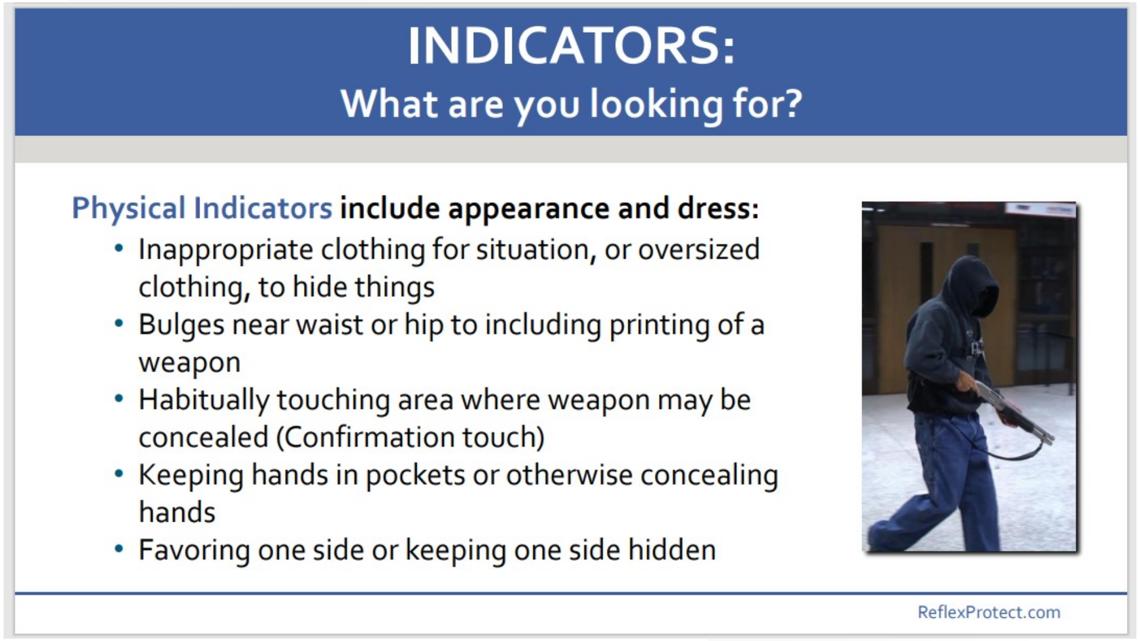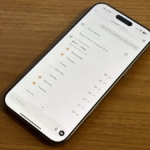[ad_1]
Posts falsely claim an image of a hooded figure shows the Apalachee High School shooting suspect. The photo is from a training document about active threats.
Four people were killed and nine injured in a shooting at Apalachee High School in Winder, Georgia, on Sept. 4. A suspect is in custody, authorities said.
Following the shooting, an image of an armed person walking in a hallway was shared on social media purporting to show the “first photo” of the shooting suspect.
People in the comments of the posts questioned the legitimacy of the photo.
THE QUESTION
Does the photo show the suspected Apalachee High School shooter, as the posts claim?
THE SOURCES
- Original photo used in an active defense training presentation from safety company Reflex Protect
- RevEye, a photo forensic tool
THE ANSWER
No, the photo doesn’t show the suspected Apalachee High School shooter. The image is from a training presentation.
WHAT WE FOUND
The viral photo of the armed person walking through a hallway isn’t the suspect in the Sept. 4 shooting at Apalachee High School in Winder, Georgia. Authorities told CNN and ABC News that a 14-year-old is in custody, but have not released a photo of the suspect.
Using RevEye, a reverse image search tool, VERIFY was able to trace the photo back to an active shooter response presentation created by Reflex Protect, a safety company that promotes non-lethal defense tactics.
The image from the false claim can be seen on slide 15 of the presentation. That slide is about physical indicators of what to look for when there is an active threat.


Before sharing photos or information during a breaking news event, the VERIFY team recommends that you take the following steps:
-
Check the source: are they credible sources of information?
-
Who’s the author or source?
-
Is the source of information biased?
-
Have they posted other misinformation before?
-
Is it from a well-known or legitimate website?
-
-
Check the date. Is the information current, are other credible sources posting it the same day?
-
Conduct a reverse image search. If the image of the suspect has been shared by reputable outlets during breaking news, it could be real. If the same image appeared online connected to other events, then you know it’s not legit.
-
Pause before sharing if a piece of information makes you feel anxious, upset, or angry. Misinformation often spreads during times of emotion.
The Associated Press contributed to this report.
Follow Us
Want something VERIFIED?
[ad_2]
Source link




